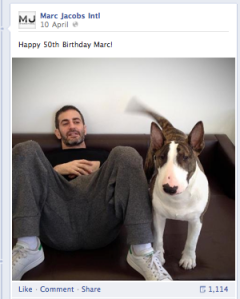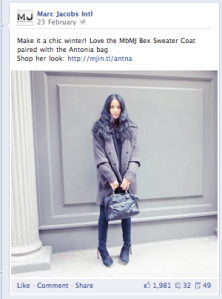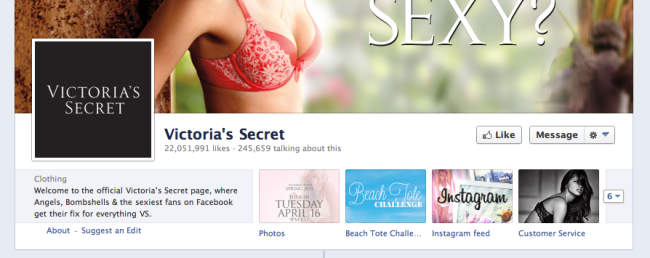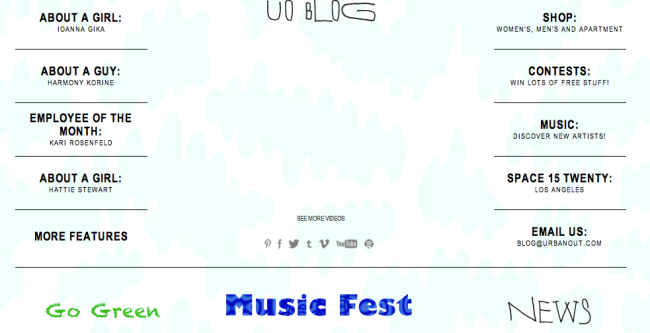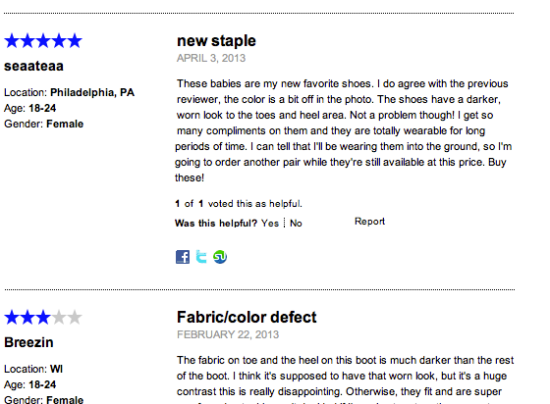At the emergence of web 2.0 and social media, fashion was probably one of the slowest industries to first adapt to the idea. As fashion, especially luxury fashion, is seen as one of the most ‘exclusive’ industries, and social media is usually about reaching consumers en masse, the two were not instantly seen as perfect match.
In fact, it was originally felt through the fashion PR world that social media would actually tarnish a brands image. In some cases, usually those that are mismanaged it can. The thought was that such an uncontrolled mass medium would cause for a muddling and loss of a brands identity, potential cause for damage to brand image and a loss of its exclusive market.
Though, my experience with Luxury fashion and social media has shown some excellent examples of how it can be used to communicate, emphasise and extend a brands already established brand image and ideals, directly to its consumers. Web 2.0 in its current and evolving, form provides the ultimate platform for a brand to identify its unique identity to consumers through a variety of means.
The instant sharing of content online that reflects brands ultimate identity and values, or engaging and including bloggers who influence circle coincides with the brands ideal customer. It gives the chance for brands to reinforce, act upon and push their existing brand image and values, communicated directly to the consumer and retaining their exclusivity.
Marc Jacobs for example, a well-known luxury fashion house, has wholeheartedly taken to social media platforms. Marc Jacobs, self-proclaimed to be “a little bit bohemian, a little off-colour”, brand image would be that of New York beat culture, personal-reflection, exclusive, and refined grunge. Their facebook, twitter, instagram not to mention their foursquare, youtube channel and google+ are regularly updated to reflect the Marc Jacobs ideals. Images of celebrities donning his clothes are alongside guest blog posts from influential bloggers, posted after a picture of Jacobs new puppy. All these social media interactions pushes brand ideal, engages with his consumers while retaining exclusivity.
(All pictures from Marc Jacobs Ltd. facebook page)
Another standout luxury fashion social media example would be DKNY PR Girl. Aliza Licht is head of communications for Donna Karan New York, and she provides a comprehensive and personal glimpse into the behind-the-scenes, culture, work atmosphere, glamour and the daily happenings at DKNY via her twitter. She manages to engage an incredible number of consumers with her brand through her personal musings while reflecting the DKNY brand values and ideal. She’s almost become a social media guru, and I look to her twitter as almost a 101 on using twitter in PR (you should really watch her TED talk).
What do you think about luxury brand image and its reflection in social media? Have you seen any luxury brands PR take on social media that have really impressed you or made you shudder?
